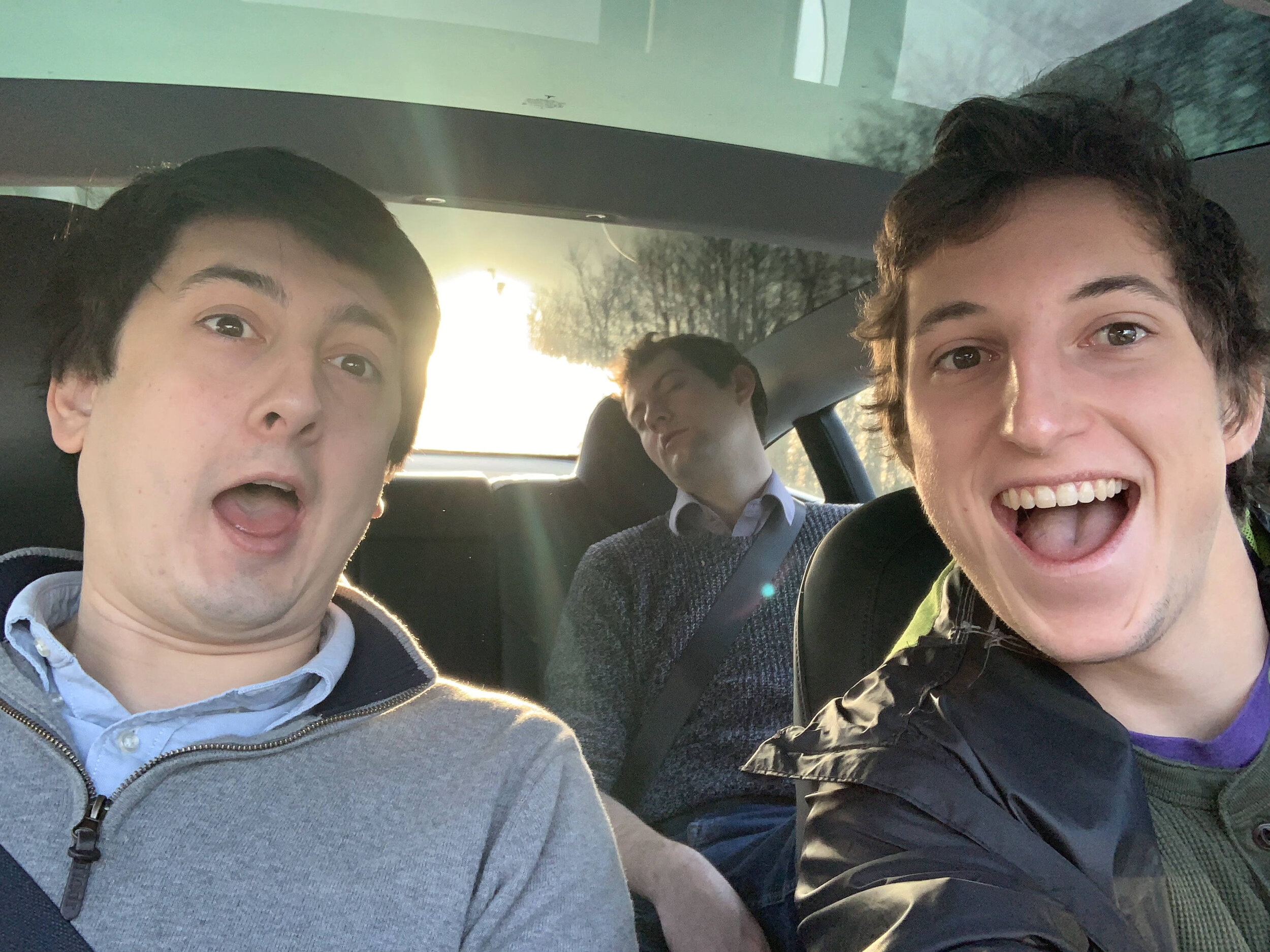E3D-Online
While at investigating current surface finishing technologies at the industrial additive manufacturing conference - RAPID + TCT - in Detroit, I ran into some E3D team members. Jacob and I recognized the famous Sanjay from E3D youtube videos. After a couple beers at the conference, some video calls, and some patient waiting over the next couple months, I secured a 6-month internship at their offices in the UK spanning August 2019 -February 2020.
As an intern, I was put on a variety of projects that put my engineering and managerial skills to the test.
What does e3D even do?
We make lots of parts for both B2B and B2C sales. The image on the right is an example of their flagship V6 hot end. The “hot end” is the part of the 3D-printer that is responsible for melting the plastic in a very predictable manner. The 1.75mm plastic gets pushed in through the top and past some heating elements out the bottom in a molten state. It’s basically a really fancy hot glue gun!
Riding to work one morning with Sanjay (Director) and Rory (Engineering Lead)
Project and task management
I arrived at E3D just as the company was hitting a tipping point in terms of size. The company had just hit the 50 employee mark and the engineering team was about 13 people. The engineers had reached a point where meetings involving everyone became difficult. It was time to slightly restructure, forming two subteams with different focuses.
All of this meant that it was a great time to migrate our physical AGILE board into the digital realm. Since I had worked with a number of softwares before, I spearheaded this migration. I researched all the different solutions available (eventually choosing ClickUp), built out the organizational architecture, standardized templates for the different types of tasks and task sets that we saw commonly, created product roadmap templates including all of the different guaranteed tasks over the lifetime of a product, and integrated the virtual engineering workspace with the other departments that we interacted with for different tasks. After everything was set in place, I trained the engineering team and E3D directors on how to best utilize the system.
Heated Bed Flatness Testing Jig
For 3D printers, a flat bed is essential. There is little room for error when extruding the first layer of plastic. If the nozzle is too far from the bed, nothing will stick. If the nozzle is too close, the plastic will be squished and will not provide an even surface for the following layer.
This jig, powered by a Raspberry Pi and a repurposed 3D Printer chassis, automatically measures a number of points on the bed, tells the operator if the bed is within tolerance, and prints a receipt to tell the end-user exactly how flat their bed was when it shipped out.
Force extrusion jig
There is a strong relationship between the force that it takes to extrude plastic through the nozzle and the print quality. When designing hot ends, it is important to mitigate the force required to extrude so that volumetric output can be maximized. Changes can consist of nozzle geometry, nozzle material, heater cartridge power & location, and the interface between the heater block and the nozzle.
This machine allows E3D to quantitatively test the changes that they are making and test novel designs to see how they compare to existing parts. It measures the extrusion force alongside volumetric throughput and stores all of the information in a database for the engineers to use down the road.
Technical Documentation
With the release of a new product occurring during my time at E3D, there was a need for all of the supporting documentation. People need to understand how to use this new extruder and install it on whichever 3D printer they currently own. I worked on documentation supporting the assembly and usage of the extruder on a number of printers. Additionally, I worked with E3D’s “approved” figures within the 3D printing world, providing feedback and assisting them as they built out their guides.
You can read through many of these guides here!
QC
Luckily, I arrived just as the brand new Hemera extruder was beginning production. This was a very complex product with lots of tolerances. I learned how QC work was done on objects like this. I was responsible for making many of the programs on our high tech machines that are capable of measuring the different components. In order to do this, I spent a lot of time learning about GD&T such that measurements were always being taken from datums appropriately.






